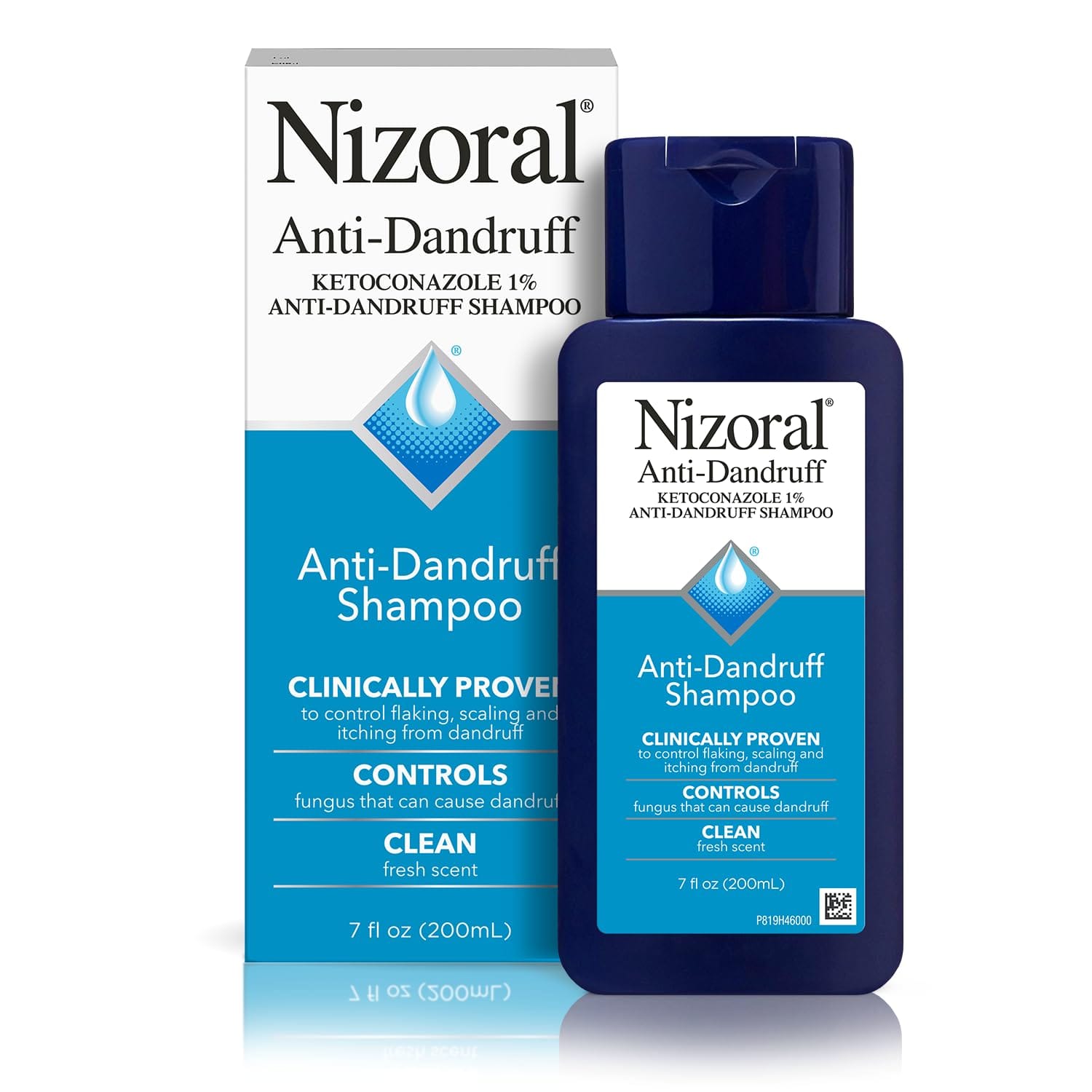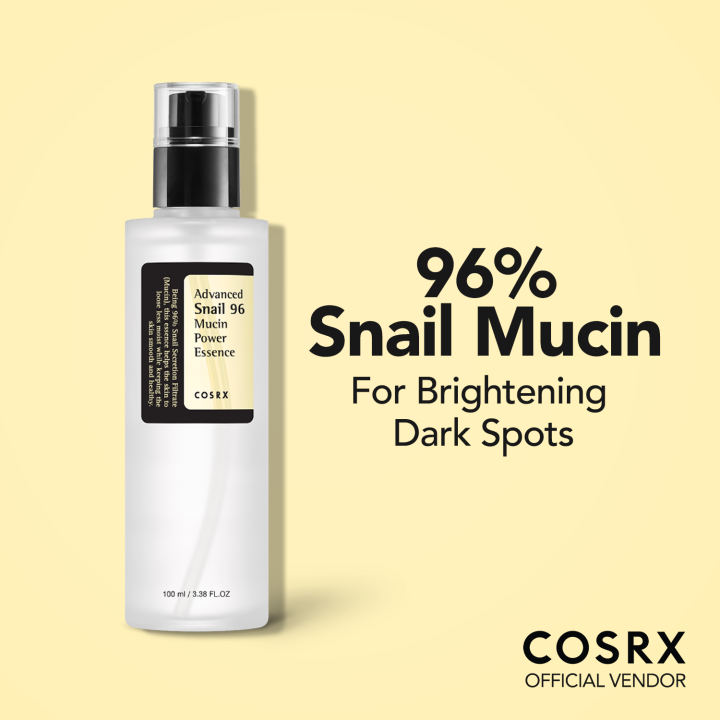Fungal Acne Skincare Routine for Beginners (2025 Guide)
If you've been struggling with stubborn, small pimples that just won’t go away despite using various acne treatments, you might be dealing with fungal acne — a common but often misunderstood skin condition. Unlike typical acne caused by bacteria, fungal acne is caused by an overgrowth of yeast (Malassezia) on your skin, which requires a different skincare approach.
In this comprehensive 2025 guide, we'll walk you through the best fungal acne skincare routine for beginners to help you finally get clear, healthy skin. We’ll also recommend effective products with affiliate links so you can easily shop for the essentials.
What is Fungal Acne?
Fungal acne, medically known as Malassezia folliculitis, occurs when yeast overgrows in the hair follicles, causing inflammation and small, uniform bumps that often look like regular acne but behave differently. It can appear on the face, chest, back, and shoulders—areas prone to excess oil and sweat.
Why does this matter? Because the treatment for fungal acne is quite different from traditional acne. Using the wrong products can worsen the condition or prolong healing.
Why Your Usual Acne Products Might Not Work
Most acne products target bacteria or excess oil, but fungal acne is caused by yeast, which thrives on certain oils and occlusive ingredients in skincare. Ingredients like fatty acids, esters, and oils (especially coconut oil or mineral oil) can feed Malassezia, worsening fungal acne.
Therefore, choosing products carefully is crucial—look for those labeled non-comedogenic and avoid anything too oily.
Step-by-Step Fungal Acne Skincare Routine for Beginners (2025)
Step 1: Gentle Cleansing Twice a Day
Start your day and end it with a mild, non-irritating cleanser. Avoid harsh scrubs or foaming cleansers with strong sulfates, as they can dry out your skin and disrupt your natural barrier.
Recommended Products:
- CeraVe Hydrating Facial Cleanser: A gentle, soap-free cleanser that hydrates while cleaning.
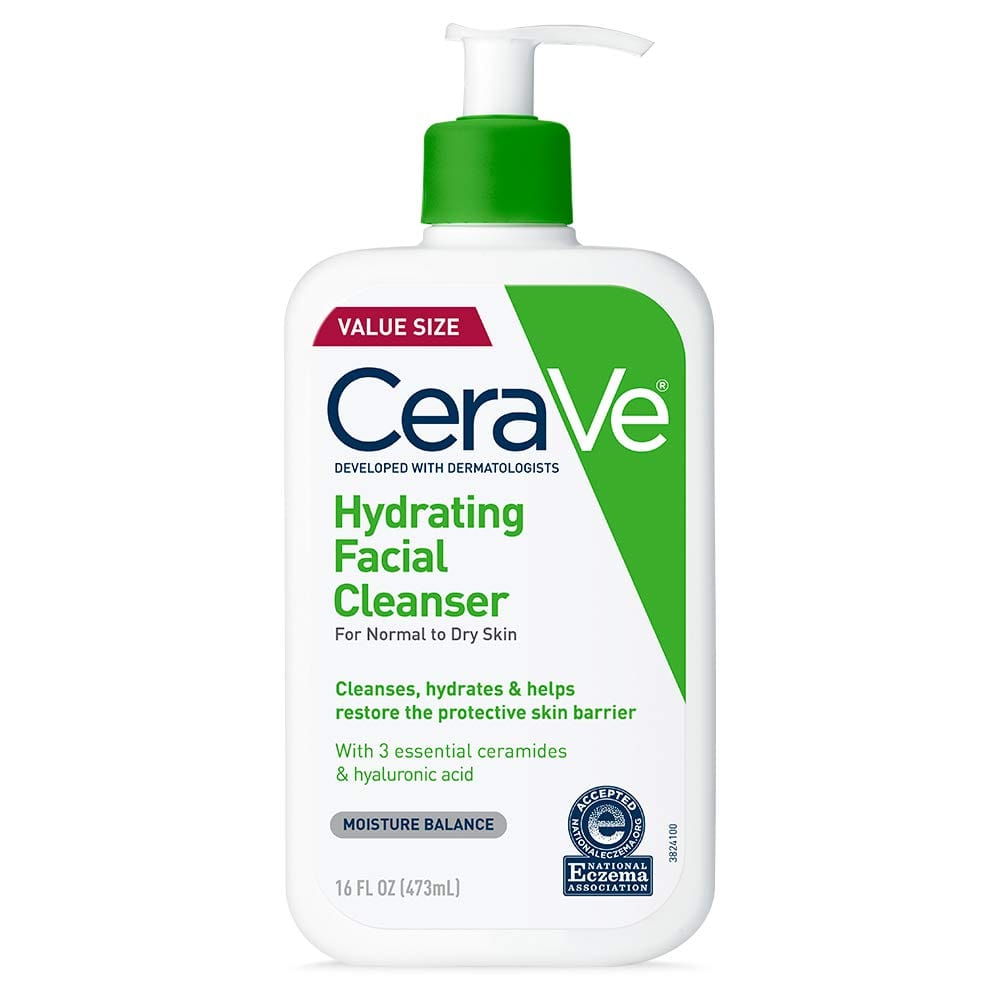
CeraVe Hydrating Facial Cleanser, Moisturizing Face Wash For Dry Skin, Hyaluronic Acid + Ceramides + Glycerin, Hydrating Cleanser For Normal To Dry Skin, National Eczema Association Certified
- La Roche-Posay Toleriane Purifying Foaming Cleanser: Ideal for sensitive, oily, or acne-prone skin.
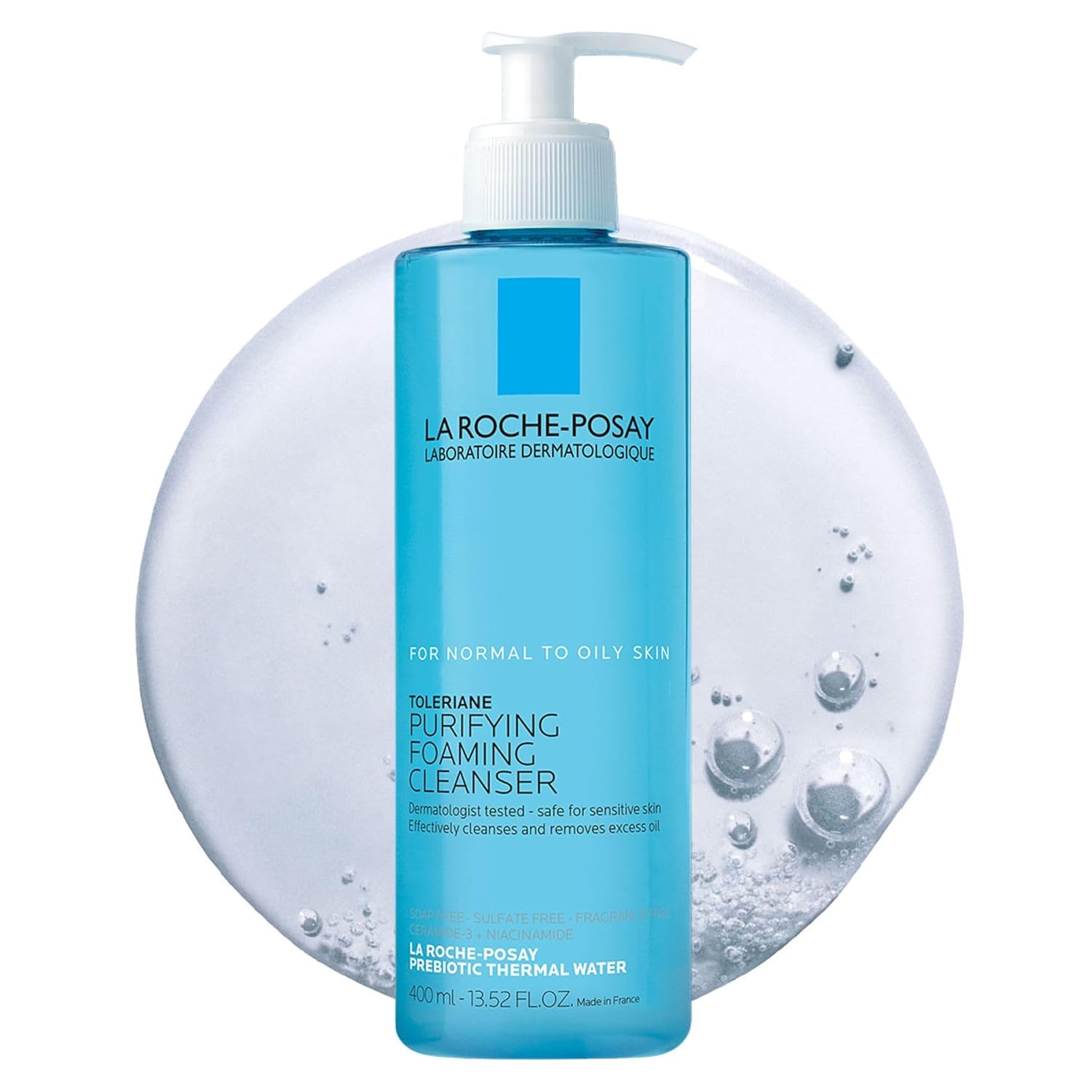
La Roche-Posay Toleriane Purifying Foaming Facial Cleanser, Niacinamide + Ceramides + Prebiotic Thermal Water, Oil Free Face Wash For Oily Skin, Pore Cleanser Safe For Sensitive Skin, Soap Free
How to Use:
Apply a small amount to damp skin, massage gently for 30 seconds, then rinse with lukewarm water.
Step 2: Exfoliate 2-3 Times a Week With a Chemical Exfoliant
Exfoliating helps remove dead skin cells that can clog pores and trap yeast. However, avoid physical scrubs as they can irritate fungal acne. Use gentle chemical exfoliants with salicylic acid (BHA) or lactic acid (AHA).
Recommended Products:
- Paula’s Choice Skin Perfecting 2% BHA Liquid Exfoliant: Salicylic acid penetrates pores to clear buildup.
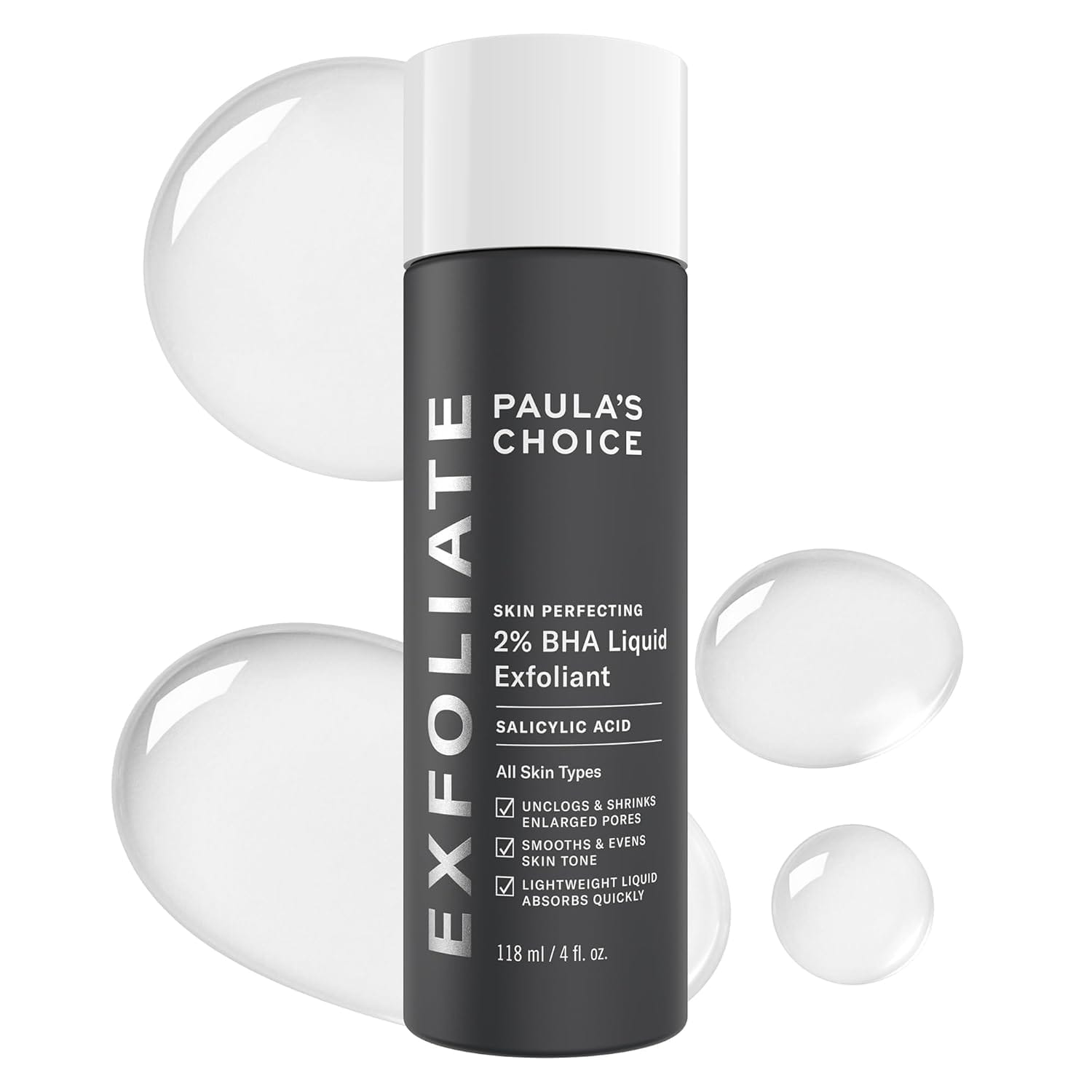
Paula's Choice SKIN PERFECTING 2% BHA Liquid Salicylic Acid Exfoliant-Facial Exfoliant for Enlarged Pores, Wrinkles & Fine Lines and Suitable for Blackhead-Prone Skin
- The Ordinary Lactic Acid 5% + HA: A mild AHA that exfoliates while hydrating.
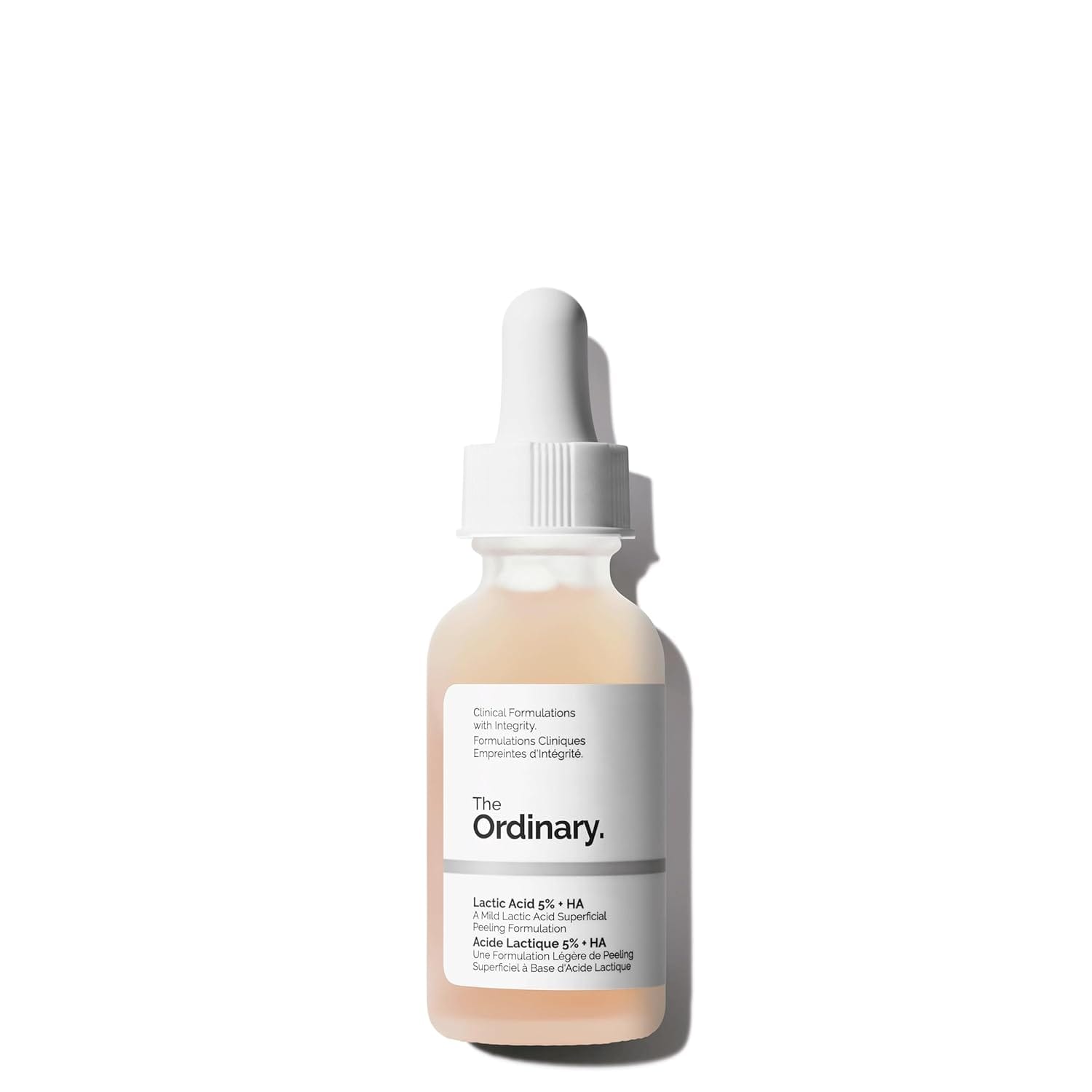
The Ordinary Lactic Acid 5% + Hyaluronic Acid 2%, Gentle Exfoliating Serum for Smoother Skin
Pro Tip: Start slowly—once or twice a week—and observe how your skin reacts before increasing frequency.
Step 3: Use Lightweight, Oil-Free Moisturizers
Moisturizing is essential even if your skin is oily. Choose lightweight, non-comedogenic moisturizers that hydrate without feeding the yeast.
Recommended Products:
- Neutrogena Hydro Boost Water Gel: A refreshing, oil-free gel moisturizer with hyaluronic acid.
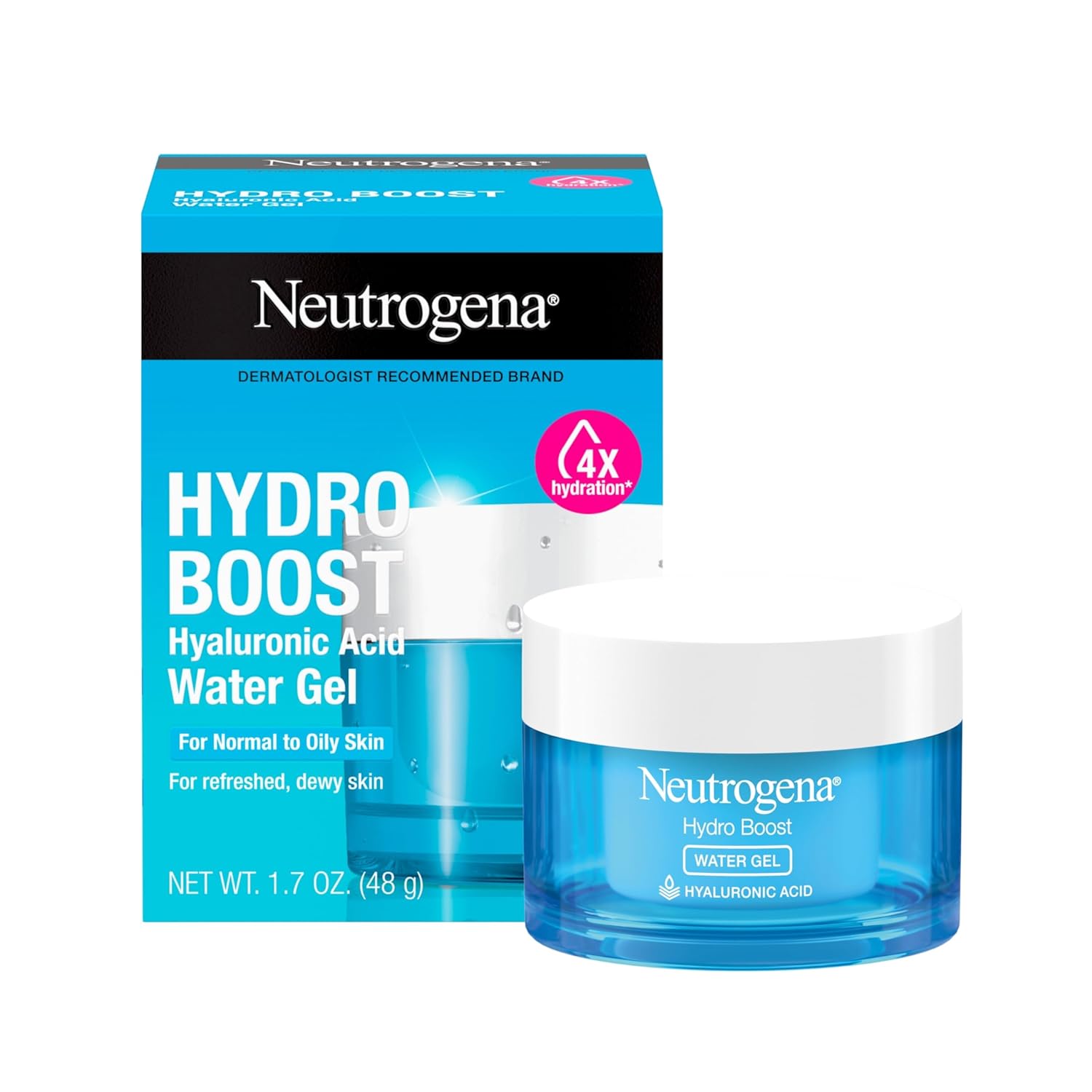
Neutrogena Hydro Boost Water Gel with Signature Fragrance, Hyaluronic Acid Face Moisturizer for Normal to Oily Skin, Delivers Hydration for Refreshed, Dewy Skin, 1.7 fl. oz
- CeraVe PM Facial Moisturizing Lotion: Contains ceramides and niacinamide to repair the skin barrier.
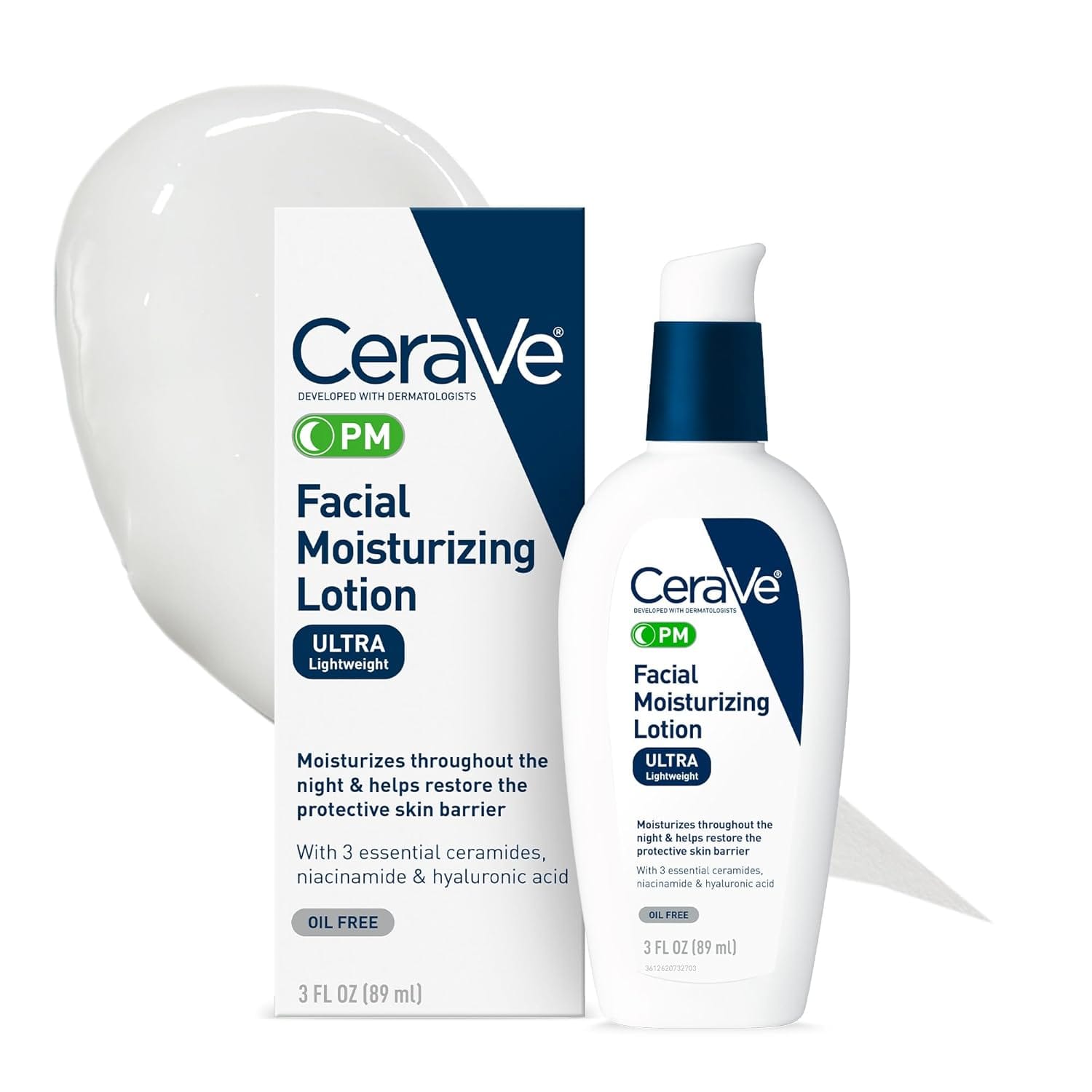
CeraVe PM Facial Moisturizing Lotion, Night Cream with Hyaluronic Acid and Niacinamide, Ultra-Lightweight, Oil-Free Moisturizer for Face, 3 Ounce
Step 4: Treat Fungal Acne with Antifungal Ingredients
This is the key step. Look for products that include antifungal or antimicrobial ingredients such as ketoconazole, zinc pyrithione, or sulfur. These ingredients help reduce Malassezia yeast.
Recommended Products:
- Nizoral Anti-Dandruff Shampoo: Contains ketoconazole. Many people use it as a face wash or mask on affected areas.
- La Roche-Posay Effaclar Duo (+): Contains zinc pidolate, which helps reduce yeast and clear acne.
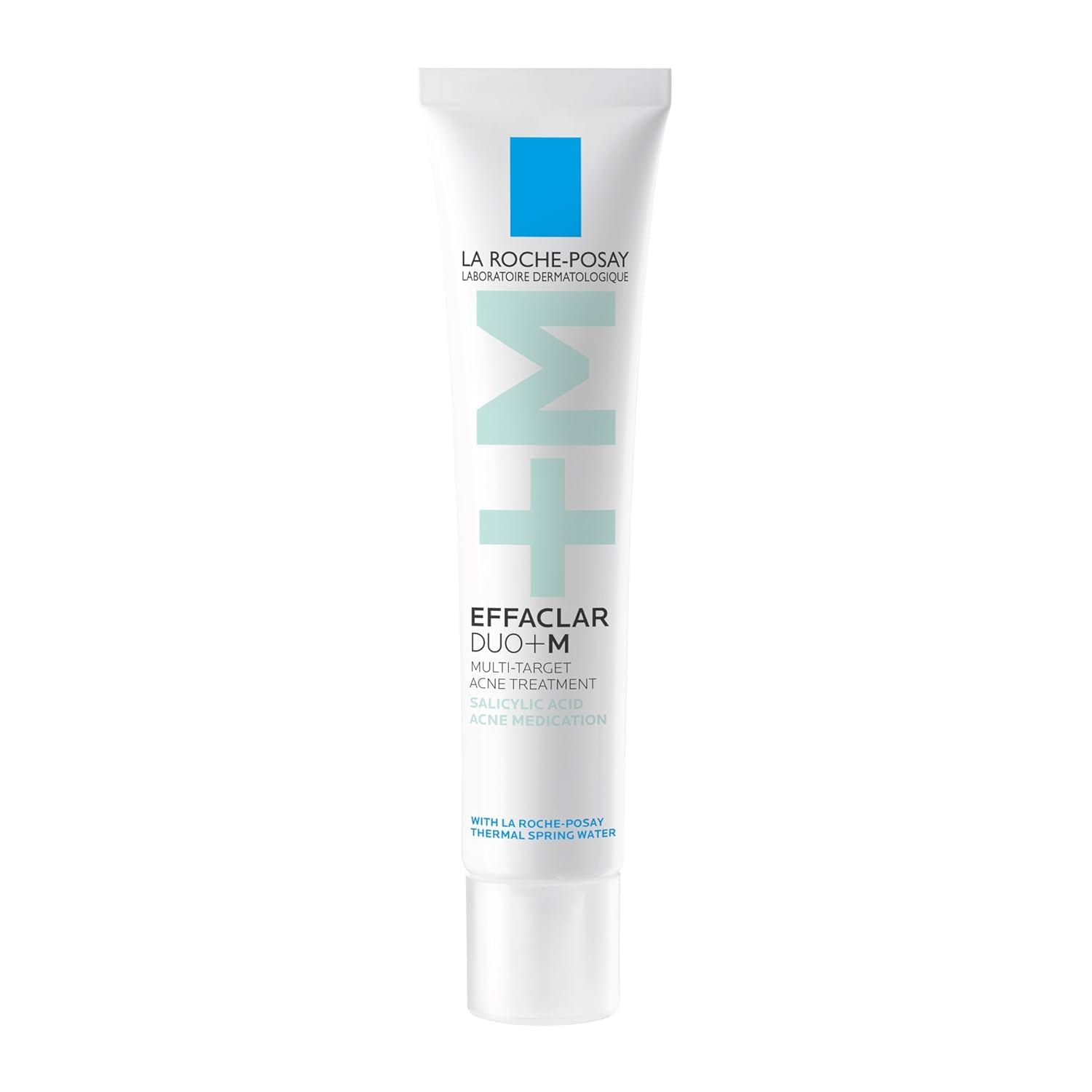
La Roche-Posay Effaclar Duo+M Multi-Target Acne Treatment Cream with Salicylic Acid, Targets Blackheads, Whiteheads & Stuborn Acne, Non-Comedogenic, Safe for Sensitive Skin, 1.35 Fl Oz
Usage Tip: For stubborn fungal acne on the face or body, try applying a small amount of Nizoral shampoo as a mask for 5-10 minutes, then rinse. Do this 2-3 times a week.
Step 5: Always Wear a Non-Comedogenic Sunscreen
Sun protection is vital since fungal acne treatments can make your skin more sensitive to UV rays.
Recommended Products:
- EltaMD UV Clear Broad-Spectrum SPF 46: Lightweight and calming, perfect for acne-prone skin.
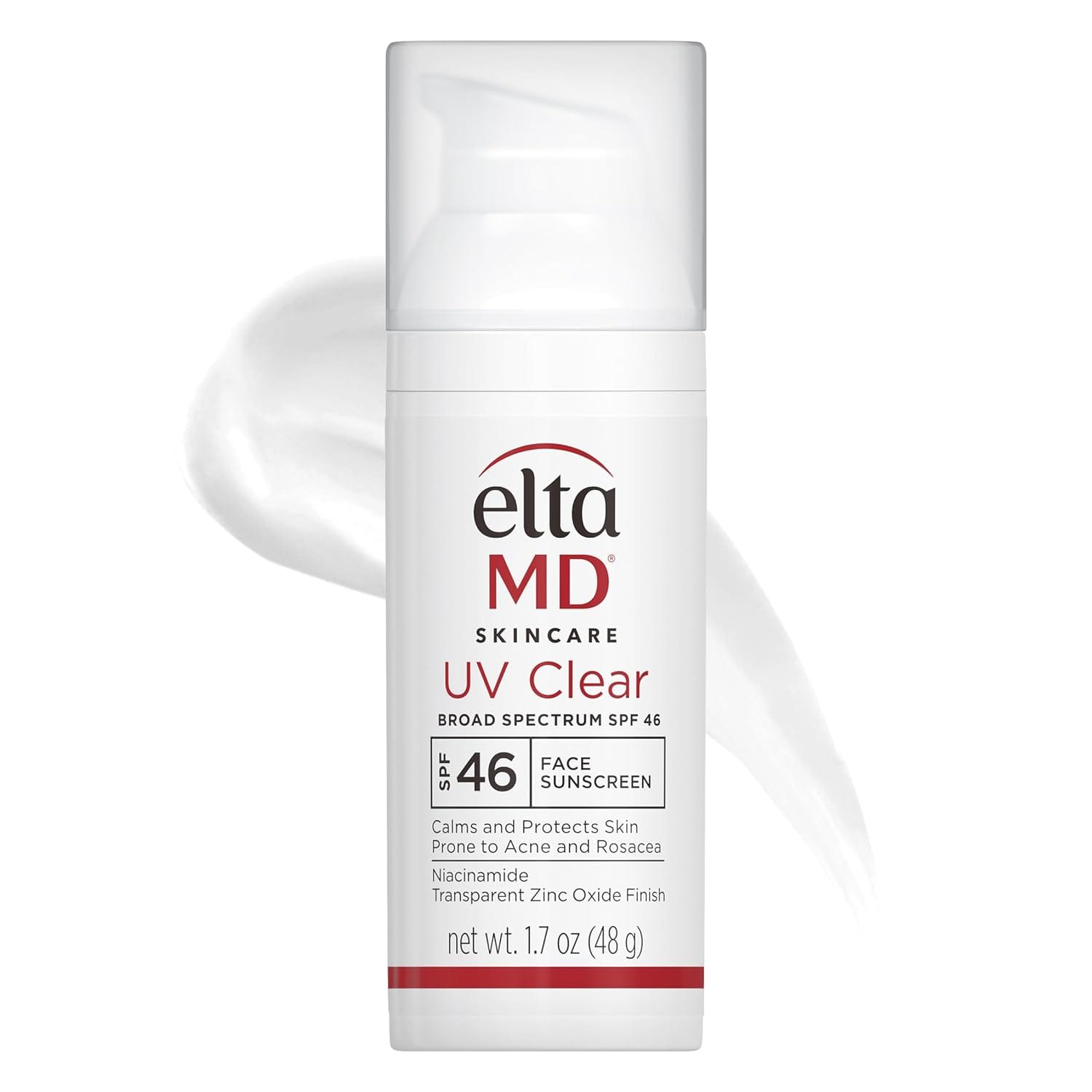
EltaMD UV Clear Face Sunscreen SPF 46, Oil-Free Sunscreen with Zinc Oxide, Dermatologist Recommended
- La Roche-Posay Anthelios Melt-in Milk Sunscreen SPF 100: High protection without clogging pores.
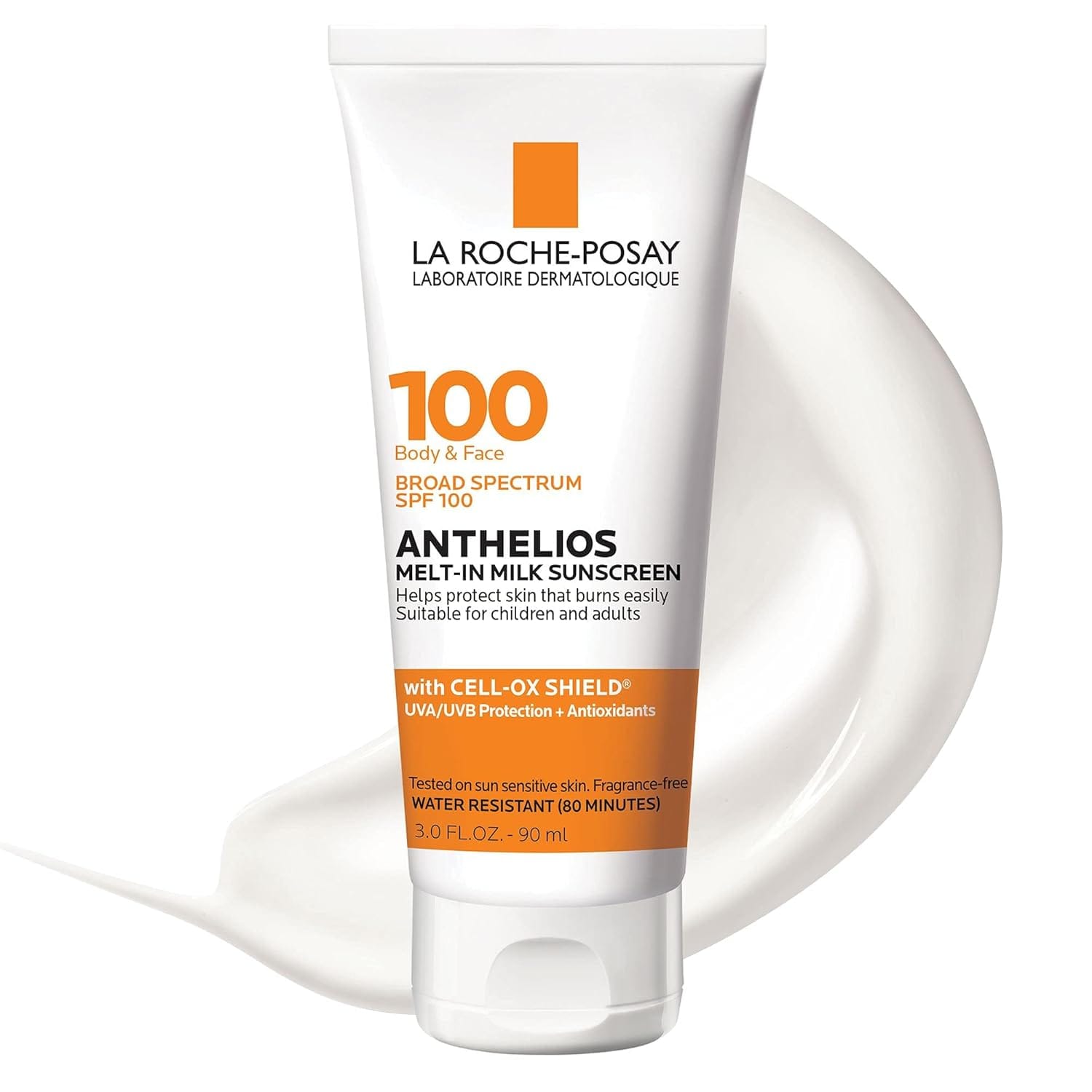
La Roche-Posay Anthelios Melt-In Milk Sunscreen SPF 100, Sunscreen For Body & Face, Broad Spectrum SPF + Antioxidants, Oil Free, For Sun Sensitive Skin, Oxybenzone Free
Additional Tips for Managing Fungal Acne
- Avoid oils and heavy creams containing ingredients like coconut oil, olive oil, and esters that feed Malassezia.
- Wash clothes, towels, and pillowcases frequently to prevent fungal spread.
- Keep your skin dry and cool, as sweat can worsen fungal acne.
- Consult a dermatologist if your fungal acne persists or worsens after 6-8 weeks of home treatment.
How Long Does It Take to Clear Fungal Acne?
Patience is key. Most people start to see improvement after 4 to 8 weeks of consistent antifungal skincare. Don’t over-exfoliate or switch products too frequently, as this can irritate the skin further.
Summary Checklist: Beginner Fungal Acne Routine
| Step | What to Use | Frequency |
|---|---|---|
| 1. Cleanser | CeraVe Hydrating Cleanser / La Roche-Posay | Twice daily |
| 2. Exfoliant | Paula’s Choice BHA / The Ordinary Lactic Acid | 2-3 times weekly |
| 3. Moisturizer | Neutrogena Hydro Boost / CeraVe PM Lotion | Twice daily |
| 4. Antifungal Treatment | Nizoral Shampoo (as mask) / La Roche-Posay Duo | 2-3 times weekly |
| 5. Sunscreen | EltaMD UV Clear / La Roche-Posay Anthelios | Every morning |



